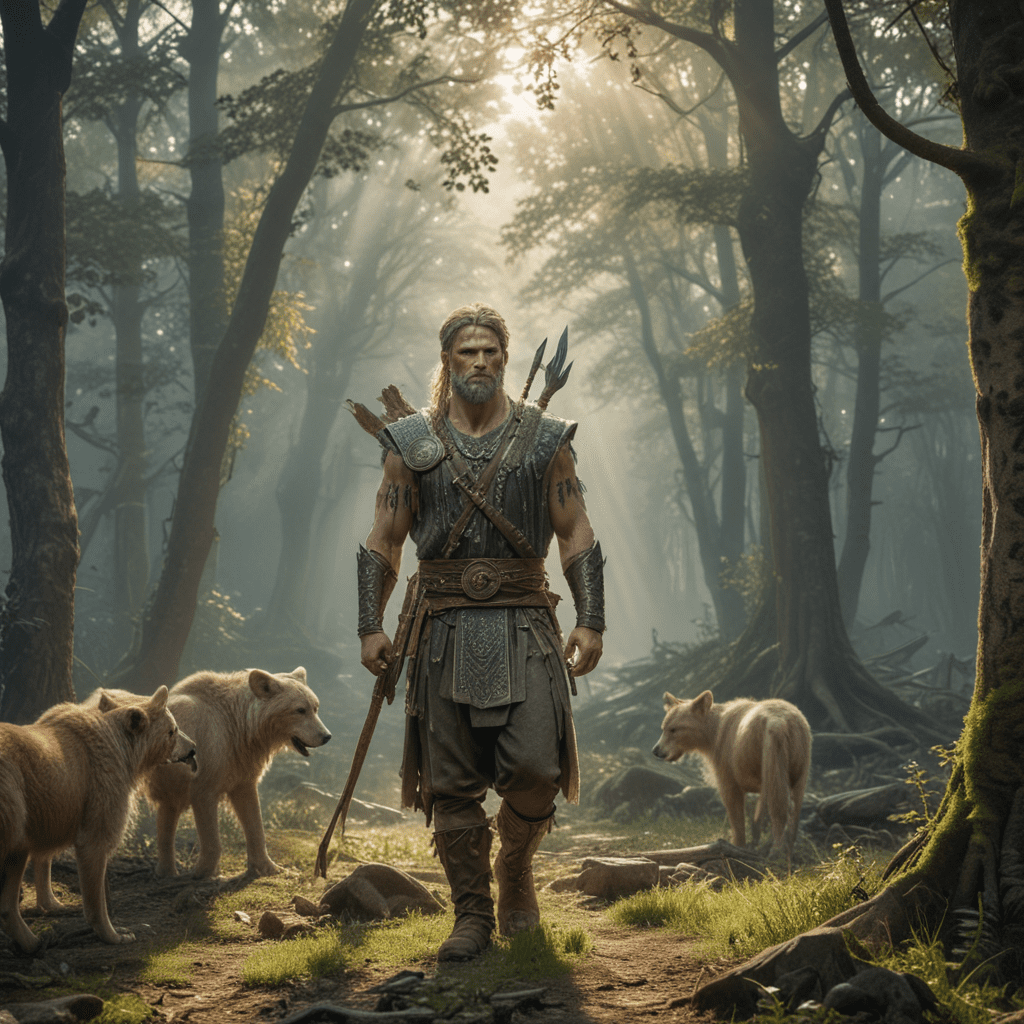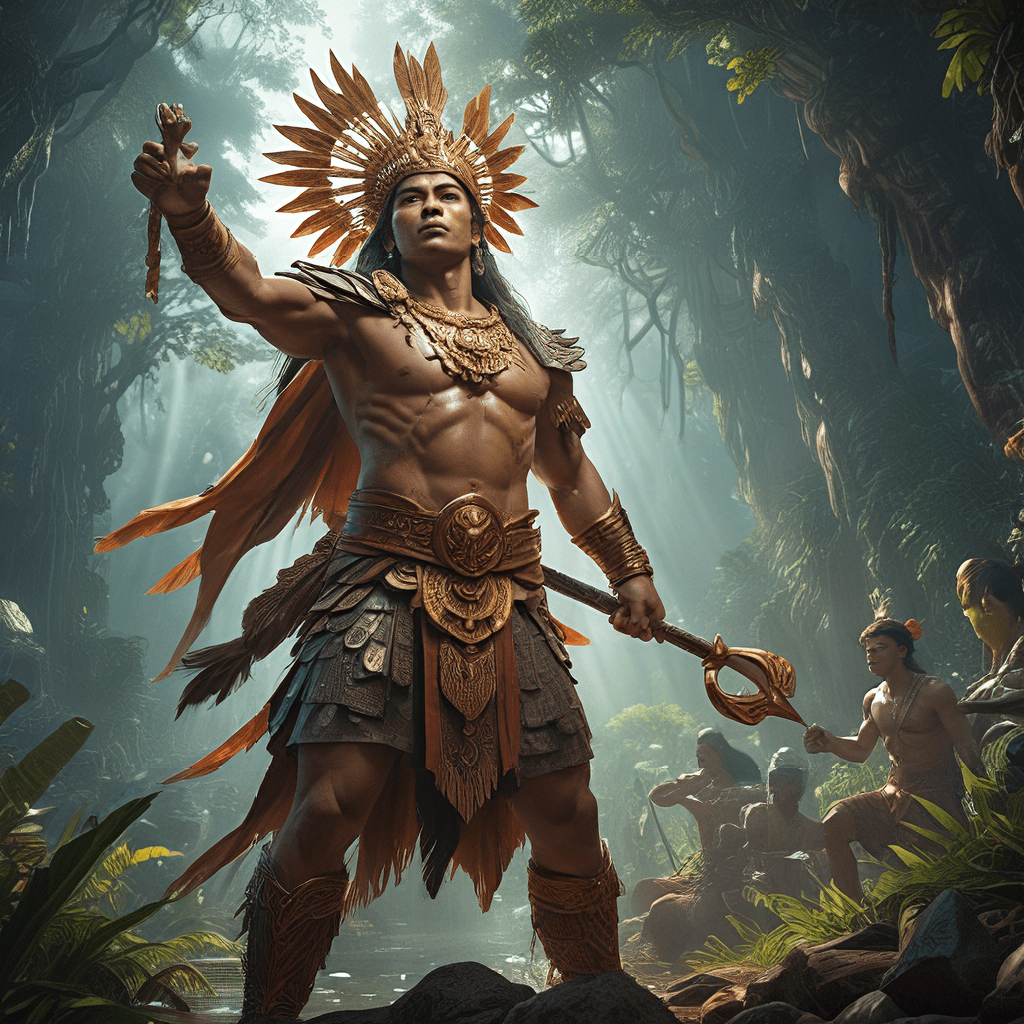1. Introduction: The Enigma of Slavic Mythology
Immerse yourself in the captivating realm of Slavic mythology—a testament to human creativity, resilience, and adaptability. As one of the oldest and richest mythological traditions in Europe, it has left an indelible mark on the cultures of Eastern and Southern Europe. Steeped in ancient traditions, Slavic mythology is an enigmatic tapestry of stories, beliefs, and rituals passed down through generations. It is a living tradition, continuing to inspire, intrigue, and shape our understanding of the human experience. Embark on a journey through Slavic mythos to uncover its captivating secrets.
2. The Ancient Roots of Slavic Mythos
славянской
The roots of Slavic mythology stretch far back in time. Its earliest traces can be found among Proto-Indo-European peoples who inhabited Central and Eastern Europe thousands of years ago. It is during this period that shared beliefs, deities, and stories began to emerge and spread among Slavic tribes. However, the unique identity of Slavic mythology developed as these tribes migrated eastward and settled in the vast lands between the Baltic and Black Seas, giving rise to the distinct cultures that emerged in Russia, Ukraine, Belarus, Poland, and beyond.
3. Deities of the Slavic Pantheon: Guardians and Protectors
The Slavic pantheon is a vibrant assembly of powerful deities, spirits, and creatures who play a central role in shaping human affairs and the cosmos. Perun, a thunderous God, wields lightning bolts and commands the storms. Veles, a cunning Trickster and God of the underworld, brings dreams, music and magic. Lada, the beautiful Goddess of love and fertility, ensures the abundance and prosperity of the Slavic peoples. These gods and many others, embody the forces of life, nature, and humanity's hopes and aspirations, reflecting a deeply interconnected world where the sacred and mundane are interwoven and inseparable.
4. The Cosmic Tree: Axis Mundi and Symbol of Duality
In the Slavic imagination, the Cosmic Tree is a profound and enduring symbol, serving as a bridge between realms, connecting earth, heavens, and the underworld. Its trunk is the axis around which worlds turn, while its leaves and branches reach into the celestial heights. This sacred and revered concept embodies duality. Its roots firmly planted in the soil symbolize connection to ancestors, tradition and the physical realm, while its branches soaring towards the heavens signify growth, potential and connection with the divine.
5. The Nav: The Supernatural Realm and its Inhabitants
Adjacent to the physical realm, Slavic cosmology also recognizes the existence of the Nav. An otherworldly and enigmatic place, the Nav is a realm teeming with spirits, deities and mythical creatures that coexist and interact with humanity. This mystical dimension holds the power to both aid or obstruct humans and is home to both beneficent and malevolent entities. Belief in the Nav is a testament to the Slavic recognition of forces beyond their immediate perception, unseen forces that may guide, assist, and at times challenge humanity.
6. The Role of Myth in Slavic Folk Culture
Mythology is deeply intertwined with Slavic folk culture. It shapes traditions, beliefs, and rituals, contributing to a shared cultural identity. Through myths, Slavs establish a connection with their ancestors, gaining insights into the origins of their world and their place within it. These narratives provide a framework for understanding the unexplained and serve as a source of wisdom, guiding people through life's complexities.
7. Slavic Tales of Creation and the Origin of the World
Slavic myths recount the genesis of the universe, narrating the emergence of order from chaos. In one prominent creation myth, the world is born from an egg laid by a primordial bird. From the broken shell, land, sea, and sky emerge, while the yolk becomes the sun. These tales reflect the Slavs' profound fascination with the origins of existence, imbuing the natural world with sacred significance.
8. Heroes and Villains: Archetypes of Slavic Mythology
Slavic mythology is replete with captivating heroes and formidable villains. From the valiant warrior Ilya Muromets to the cunning trickster Lis, these archetypal figures embody human strengths and weaknesses. Heroes exemplify courage, determination, and resilience, while villains represent the destructive forces that threaten the balance of the cosmos. Through their trials and tribulations, these characters provide valuable lessons about morality, fate, and the human condition.
9. The Influence of Slavic Mythology on Literature and Art
славянской мифологии
Slavic mythology has exerted a profound influence on literature and art throughout history. From the epic poems of medieval Russia to the fantastical works of modern authors, Slavic myths continue to inspire and shape creative expression. Artists have drawn inspiration from the pantheon of Slavic deities, the mystical creatures of the Nav, and the cosmic symbolism embedded within these ancient tales. In paintings, sculptures, and other art forms, Slavic mythology lives on, offering a rich tapestry of imagery and inspiration.
10. Conclusion: Slavic Mythology as a Tapestry of Survival and Adaptation
Slavic mythology is a testament to the resilience and adaptability of the Slavic peoples. Over centuries, they have faced countless challenges, from invasions to political turmoil. Yet, their myths have endured, providing solace, guidance, and a sense of cultural continuity. Slavic mythology is not merely a collection of stories; it is a living tradition that shapes the cultural identity of millions and serves as a reminder of the enduring human spirit.
FAQ
Q: What are the main sources of Slavic mythology?
A: Slavic mythology is primarily derived from folklore, oral traditions, and ancient written sources, such as chronicles and religious texts.
Q: Is Slavic mythology still practiced today?
A: While some traditional Slavic religious practices have waned, elements of Slavic mythology continue to influence cultural traditions, folklore, and artistic expression in Slavic countries.
Q: What are the most popular Slavic deities?
A: Some of the most well-known Slavic deities include Perun (god of thunder), Veles (god of the underworld), Lada (goddess of love and fertility), and Svarog (god of fire and metalworking).
Q: How does Slavic mythology compare to other mythologies?
A: Slavic mythology shares similarities with other Indo-European mythologies, such as Greek, Roman, and Norse, reflecting common cultural roots. However, it also possesses unique elements and characters that reflect the distinct experiences and beliefs of the Slavic peoples.



